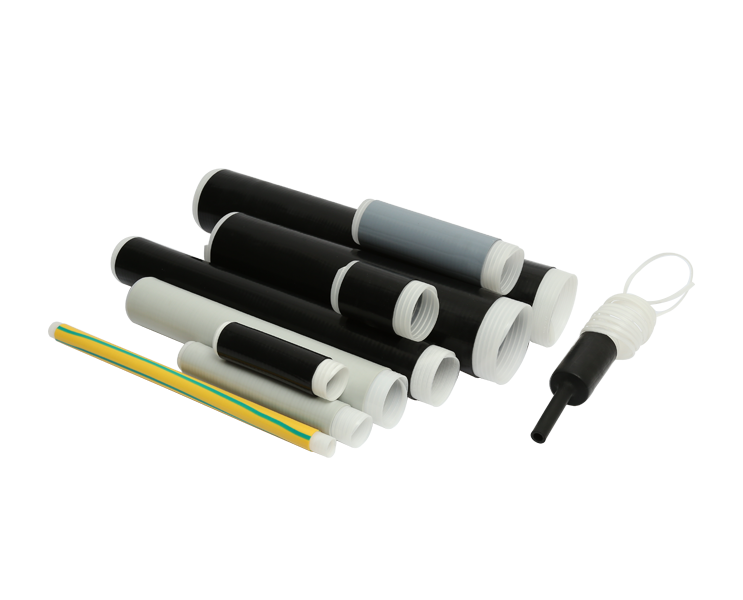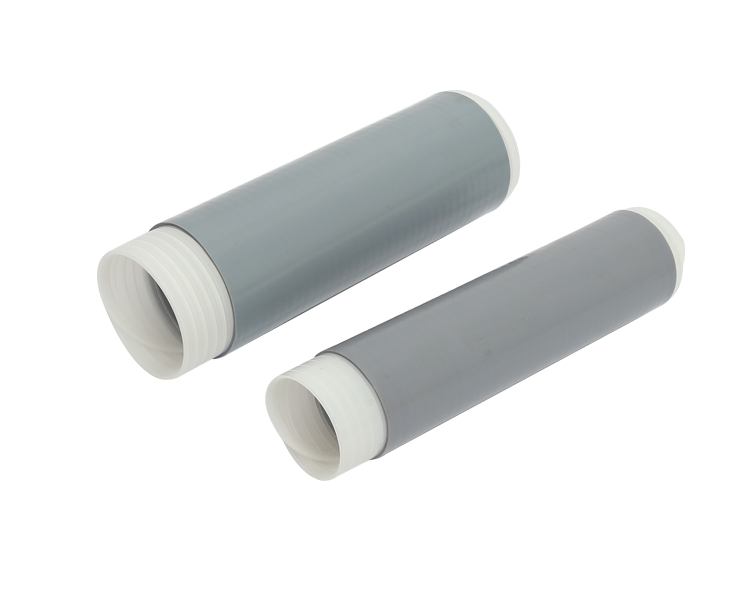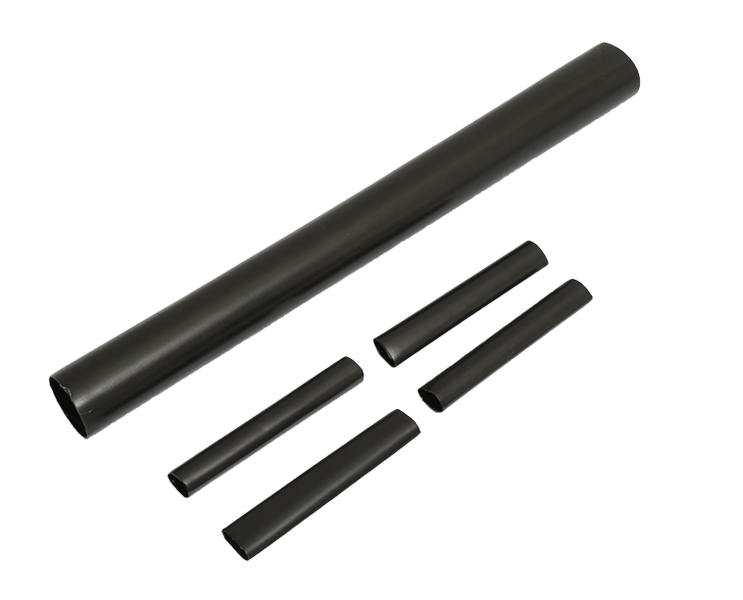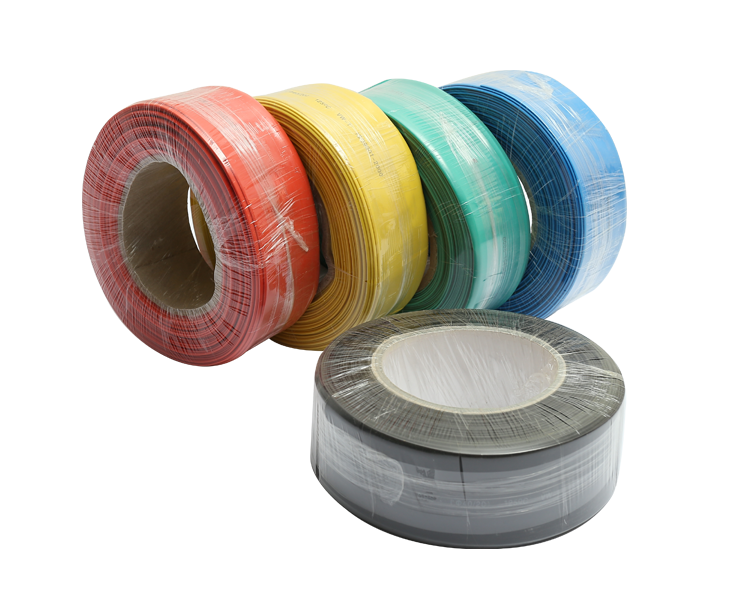In the intricate world of electrical systems and power distribution, reliable connections are paramount. The advent of pre-moulded cable joints has revolutionized the way we approach cable connections. These advanced solutions have introduced streamlined processes and enhanced the efficiency and durability of connections in various applications.
Pre-moulded cable joints are engineered solutions designed to seamlessly connect cables while ensuring electrical integrity, mechanical strength, and environmental protection. These joints are formed by encasing the connected cable ends and their associated components within a molded housing, typically made from insulating materials. The housing is pre-designed and manufactured to provide a snug fit around the cable ends, leaving no room for gaps or voids.
Advantages of Pre-Moulded Cable Joints:
1. Enhanced Reliability: Pre-moulded cable joints eliminate the human error element often associated with traditional cable jointing methods. The precision molding process ensures consistent, reliable connections that maintain their integrity over time.
2. Reduced Installation Time: The pre-moulded nature of these joints simplifies the installation process. With fewer components to assemble and no need for time-consuming insulation taping, the installation time is significantly reduced, leading to decreased labor costs.
3. Improved Safety: The encapsulation of cable connections within the molded housing provides a high degree of protection against moisture, dust, and other environmental contaminants. This enhances the safety of both the connections themselves and the overall electrical system.
4. Space Efficiency: Pre-moulded cable joints are designed to be compact and space-efficient. This is particularly advantageous in applications where available space is limited, such as underground installations or confined areas.
Applications of Pre-Moulded Cable Joints:
1. Power Distribution Networks: Pre-moulded cable joints find extensive use in power distribution networks, where reliable connections are vital for maintaining uninterrupted electricity flow. These joints ensure consistent performance in high-voltage environments.
2. Renewable Energy Installations: Renewable energy sources like wind and solar farms require robust connections that can withstand outdoor conditions. Pre-moulded cable joints provide the necessary protection against weather elements, ensuring sustained power generation.
3. Industrial Settings: In factories and industrial facilities, cable joints are exposed to a range of stresses, including vibrations and mechanical impacts. Pre-moulded joints' durability and mechanical strength make them suitable for these demanding environments.
4. Telecommunications Infrastructure: The telecommunications industry relies on efficient connections for data transmission. Pre-moulded cable joints offer the necessary insulation and protection for seamless data transfer.
Impact on Cable Moulding Practices:
The introduction of pre-moulded cable joints has not only enhanced the quality of connections but has also influenced cable moulding practices as a whole. This innovation has led to:
1. Standardization: The design and production of pre-moulded cable joints adhere to strict standards, ensuring consistency and reliability across various applications. This has set a precedent for standardized cable moulding practices.
2. Automation and Efficiency: The pre-moulded approach has spurred the development of automated production processes. Manufacturers can now mass-produce these joints with high precision, leading to increased efficiency and cost-effectiveness.
3. Evolution of Materials: The demand for enhanced insulation, weather resistance, and mechanical strength has driven the development of new materials for cable moulding. This has led to advancements not only in pre-moulded joints but also in other cable accessories.
Pre-moulded cable joints have redefined the way we approach cable connections, offering enhanced reliability, reduced installation time, and improved safety across various applications. Their impact extends beyond individual connections, influencing the broader landscape of cable moulding practices. As technology continues to advance, these innovations pave the way for more efficient, durable, and standardized electrical systems, driving progress in industries ranging from energy to telecommunications and beyond.

 English
English 简体中文
简体中文



